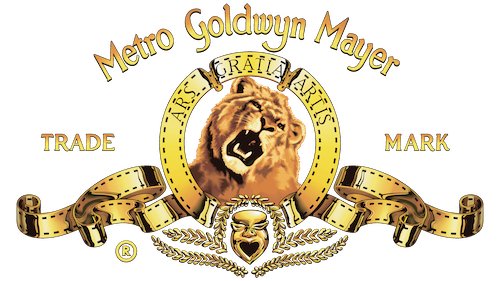Johann Mouse is a 1953 Tom and Jerry short directed by William Hanna and Joseph Barbera.
Plot[]
The cartoon takes place in Neubau, Vienna, Austria. The narrator says: "This is the story of a waltzing mouse. His name was Johann and he lived in Vienna (Austria) in the home of Johann Strauss."
Every day the cat would try to catch Johann Mouse, but he would fail. In the walls of the house of Johann Strauss lived Johann Mouse, portrayed by Jerry. Little Johann loved Strauss' music, and whenever the musician would play, the mouse would dance. And whenever the mouse would dance, Strauss' housecat, portrayed by Tom, would try to catch him but always fail.
One day, Strauss goes away on a journey, leaving Tom in a serious predicament (knowing that without music, Johann wouldn't dance). He picks up a manual on top of the piano: "How To Play The Waltz In Six Easy Lessons by Johann Strauss." Tom charges upstairs into the attic and teaches himself how to play, following the guidebook which consists of how to correctly play the first nine notes of The Blue Danube. After just six lessons, he is instantaneously an accomplished pianist.
Tom takes to the piano downstairs and the mouse is mesmerised by the music, into dancing. Tom attempts to squash Johann with a poker, and as he stops playing to hit Johann, the mouse is roused from his spell and scrambles back towards the hole - until Tom resumes playing. Johann turns around, hypnotised once again. The heads of some servants wondering who was playing in their master's absence, pop through the door, observing the talented duo. As Tom grabs Johann, the servants applaud. Tom puts Johann down and returns to the piano, with Johann dancing again. The news quickly spreads around Vienna, reaching even the ears of Kaiser Franz Joseph I. Tom and Johann are summoned by a royal writ from the Imperial Palace to perform before the Court.
The next scene opens upon the Throne-Room, with many aristocratic ladies and gentlemen, and the Emperor himself, in his throne (also heard in the beginning of the scene is "Kaiser-Walzer"). In the middle is a white grand piano. The doors open to reveal Tom and Jerry, both in tail-coats and bow-ties, who bow to the Emperor and enter the ballroom. Tom begins playing "Tritsch-Tratsch-Polka", and Jerry/Johann begins waltzing, occasionally using Tom's fingers as a dancing partner. Tom gives in to his impulses and tries to capture Jerry, who again escapes into a hole in the wall. "It was the same old story", the narrator concludes. In the last scene, the mouse leaves his hole and dances, bowing to rapturous applause. A cross Tom turns the page to reveal the end of the cartoon (saying "The End.")
Notes[]
- This is the seventh and last Tom and Jerry to win an award.
- There was once a rare 1958 reissue print found on eBay, which uses the "Tom & Jerry: Academy Award Best Cartoon 1953" title card similar to the ones seen in the existing re-issue prints of "Quiet Please!" and "The Cat Concerto".
- The cartoon was originally going to be narrated by Stan Freberg, but he was replaced by Hans Conried.[2]
